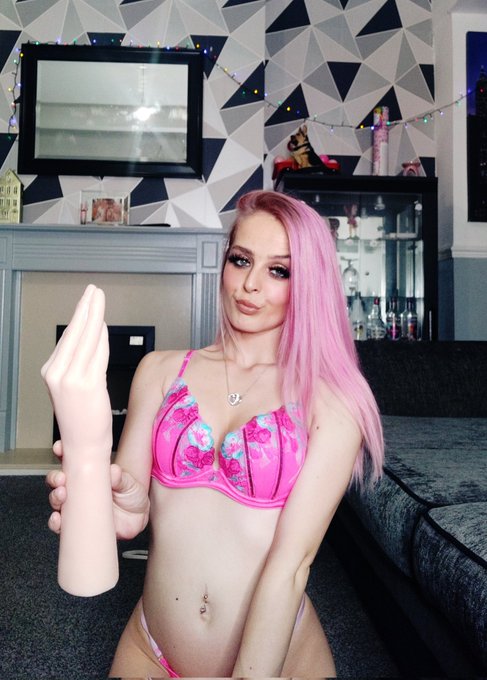Definition and Understanding of Teratophilia
Teratophilia, often misunderstood as an abnormal or pathological fixation, refers to an enduring and intense attraction towards unique and monstrous forms. This fascination can manifest in various aspects of life, including art, literature, fashion, and even relationships. The term ‘teratology’ itself is derived from the Greek words for ‘monster’ and ‘study’, highlighting the complex and multifaceted nature of this phenomenon.
Historical Background and Cultural Associations
Teratophobia has long been misunderstood as a fear of monsters or deformed individuals, but this assumption obscures its true nature as a fascination with unique and monstrous forms. The term ‘teratology’ itself refers to the study of abnormalities in human development, while ‘philia’ denotes attraction or love. As such, Teratophilia can be defined as a fetish that involves an intense emotional response or attachment to unusual physical characteristics, often associated with anomalies, birth defects, or other irregularities.

Teratophilia in Modern Times

Teratophilia, a term derived from the Greek words ‘teras,’ meaning monstrous or strange, has become increasingly prominent in modern times, blurring the lines between fascination and fixation. In contemporary society, individuals are drawn to unique and unconventional forms, which can manifest as a fetish. This attraction to anything that deviates from the norm – whether it be physical deformities, unusual behaviors, or even fictional creatures – raises questions about the nature of attraction, desire, and the human psyche. As our culture continues to evolve, teratophilia has emerged as a distinct aspect of modern fetishism, sparking both curiosity and controversy.
Fashion and Artistic Depictions
Teratophilia, a fetish that involves attraction to unique and monstrous forms, has been a part of human imagination and art for centuries. In modern times, this fascination with aberrant or deformed entities continues to be explored in various forms of media, including fashion and art.
- Theatrical designs for circus freak shows, horror movies, and avant-garde art often feature grotesque or malformed creatures that cater to the teratophile’s desire for something unusual. These depictions can be seen as a reflection of our societal fear of what lies outside the norms of beauty and perfection.
- Fashion designers have also been inspired by the concept of teratophilia, creating clothing lines that feature unconventional and distorted forms. For example, designers like Rick Owens and Comme des Garçons have created collections that blur the line between fashion and art, often featuring unusual and unsettling silhouettes.
- Artists have also been drawn to exploring the theme of teratophilia in their work. Painters like H.R. Giger, known for his Alien designs, and photographers like Gregory Crewdson, who creates surreal and unsettling images, are examples of artists who have used their work to explore this fascination with unique forms.
While some may view teratophilia as a perverse or unhealthy fixation, it can also be seen as a manifestation of our collective fascination with the unknown and the unexplained. By exploring these unusual forms in art and fashion, we can gain insight into the human psyche’s ability to create and appreciate beauty in unexpected places.

Psychological and Social Implications
Teratophilia, a fetish that involves attraction to unique and monstrous forms, has long been shrouded in mystery and controversy. At its core, teratophilia raises questions about the boundaries of human perception, the nature of beauty, and the psychological and social implications of being drawn to the abnormal. This fascination with unusual physical formations can lead down complex paths of inquiry, from exploring the biological underpinnings of attraction to delving into the sociological factors that contribute to our perceptions of what is considered ‘beautiful’ or ‘monstrous’.
Societal Reactions and Stigma
The psychological and social implications of teratophilia, or an attraction to unique and monstrous forms, can be complex and multifaceted. Individuals who identify with this fetish often experience a range of emotional responses, from fascination and arousal to anxiety and shame.
From a sociological perspective, the acceptance and expression of teratophilia are influenced by cultural norms, historical context, and societal reactions. In some cultures, unusual physical forms may be celebrated as symbols of strength or beauty, while in others they may be stigmatized and marginalized. This dichotomy can lead to feelings of isolation and secrecy among individuals who identify with this fetish.
Societal stigma surrounding teratophilia can result from the association with abnormality, deviance, or even mental illness. As a consequence, those who openly express their attraction may face ridicule, ostracism, and social exclusion. Furthermore, the fetishization of monstrous forms can perpetuate negative stereotypes and contribute to the marginalization of individuals with disabilities or genetic disorders.
The psychological implications of teratophilia are equally significant. Research suggests that individuals who identify with this fetish often exhibit distinct patterns of thought, emotion, and behavior. Some may experience enhanced emotional regulation, while others may struggle with anxiety, depression, or self-esteem issues. The complex interplay between cognitive and affective processes can make it challenging for individuals to navigate their attractions in a healthy and fulfilling manner.
The psychological and social implications of teratophilia highlight the need for increased empathy, understanding, and acceptance. By acknowledging the complexity and diversity of human experiences, we can work towards reducing stigma and promoting inclusivity for all individuals, regardless of their fetishistic or romantic interests.

Shop realistic sex dolls at Peaches and Screams Explore medical instruments for play at Peaches and Screams Shop cock ring sets for versatile pleasure at Peaches and Screams Shop floggers for intense sensation play at Peaches and Screams Buy love rings for added pleasure at Peaches and Screams Buy mold your own kits for custom pleasure at Peaches and Screams

Apples and Pears Co. Gifted Brits Cotswold House Hotel Bronzed Body Spray Tan
- Why Do I Look Like Maleficent After Cheek Fillers? - November 17, 2025
- What Is The Best Nonsurgical Facelift? - November 15, 2025
- What Are The Best CBD Gummies For Managing Anxiety? - November 14, 2025
